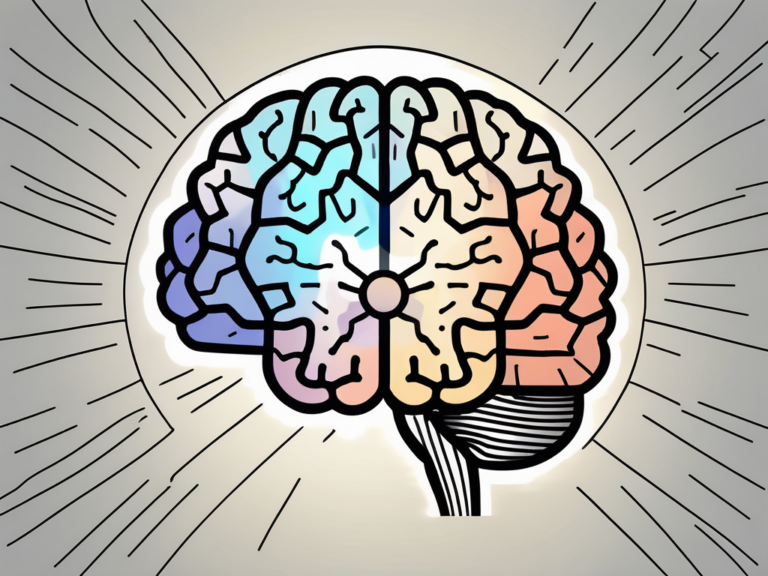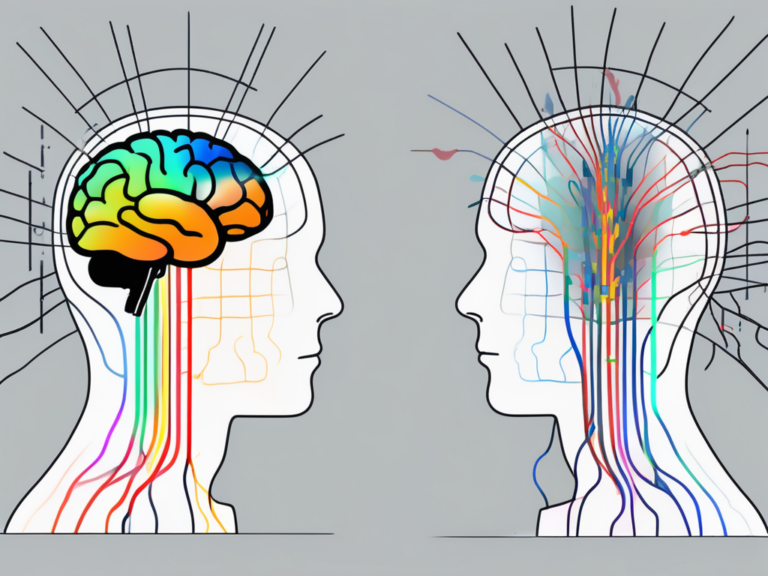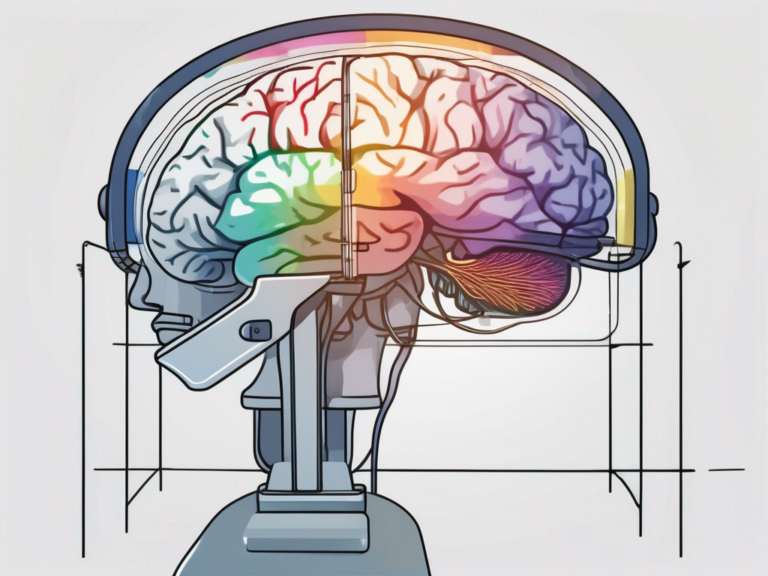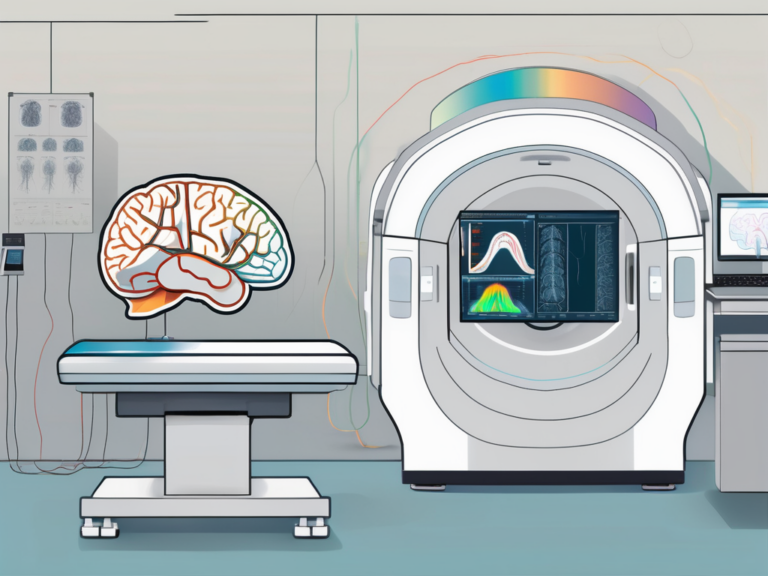how long is an fmri
In the field of medical imaging, functional magnetic resonance imaging (fMRI) has revolutionized the way we understand the human brain. It provides researchers and medical professionals with valuable insights into brain function and activation patterns. If you’re considering undergoing an fMRI scan or simply curious about the procedure, it’s natural to wonder how long an fMRI typically takes. In this article, we will explore the ins and outs of an fMRI scan, including the factors that influence its duration, the steps involved in preparation, and the possible risks and considerations. We will also delve into the future of fMRI technology and its role in medical research.
Understanding the Basics of fMRI
An fMRI is a non-invasive imaging technique that measures brain activity by detecting changes in blood oxygenation levels. It relies on the principle that active brain areas require more oxygenated blood to support their functions. As a result, when a particular brain region is engaged, it receives a greater blood flow, which can be captured by an fMRI scan.
Functional magnetic resonance imaging (fMRI) has revolutionized the field of neuroscience by allowing researchers to observe the brain in action. This technology provides valuable insights into how different regions of the brain work together to perform various cognitive tasks. By tracking changes in blood flow, fMRI can pinpoint which areas are involved in specific mental processes, such as language comprehension, memory retrieval, or emotional regulation.
What is an fMRI?
An fMRI, or functional magnetic resonance imaging, is a specialized type of MRI scan that allows researchers and medical professionals to observe brain activity in real time. Unlike structural MRI scans that provide detailed anatomical images of the brain, fMRI captures dynamic images that display areas of increased blood flow associated with brain activation.
One of the key advantages of fMRI is its ability to localize brain function with high spatial resolution. By precisely identifying the regions of the brain that are active during a specific task or stimulus, researchers can gain a better understanding of the neural circuits involved in different cognitive processes. This information is crucial for advancing our knowledge of brain disorders and developing targeted treatments for conditions such as Alzheimer’s disease, schizophrenia, and traumatic brain injury.
The Science Behind fMRI
During an fMRI scan, the patient lies inside a cylindrical machine called an MRI scanner. The scanner uses powerful magnets and radio waves to generate detailed images of the brain. By analyzing changes in blood oxygenation levels, fMRI can map brain activity and provide a visual representation of brain function.
As the patient performs various tasks inside the fMRI scanner, researchers can observe real-time changes in brain activity reflected in the blood flow patterns. This dynamic mapping of brain function has led to significant advancements in cognitive neuroscience and has shed light on complex mental processes such as decision-making, attention, and sensory perception. By combining fMRI with other neuroimaging techniques and behavioral assessments, scientists can paint a comprehensive picture of how the brain operates in health and disease.
The Duration of an fMRI Scan
The length of an fMRI scan can vary depending on several factors. Understanding these factors can help manage expectations and make the experience more comfortable for patients.
One crucial factor influencing the duration of an fMRI scan is the type of study being conducted. For instance, a simple task-based fMRI scan may take less time compared to a complex study involving multiple stimuli and conditions. The level of detail required in the imaging also plays a role in determining the scan length.
Factors Influencing the Length of an fMRI Scan
The duration of an fMRI scan depends on multiple factors, including the specific procedure being performed, the complexity of the study, and the patient’s ability to remain still. Generally, an fMRI scan can range from 30 minutes to an hour or more.
Another significant aspect to consider is the patient’s comfort and cooperation during the scan. Patients who are more at ease and able to follow instructions effectively often contribute to shorter scan times. Conversely, factors like anxiety, claustrophobia, or discomfort can prolong the scanning process.
Average Time for Common fMRI Procedures
Common fMRI procedures, such as studying brain activation during specific tasks or investigating neurological conditions, typically take around 45 minutes. However, it’s important to note that these estimates are approximate, and actual scan times may differ based on individual circumstances.
Moreover, the experience and expertise of the imaging technologists conducting the fMRI scan can impact the efficiency of the procedure. Skilled technologists can optimize scan parameters, troubleshoot technical issues swiftly, and ensure high-quality imaging, all of which contribute to a smoother and potentially shorter scanning session.
Preparing for an fMRI Scan
Before undergoing an fMRI scan, certain steps need to be followed to ensure a successful and comfortable experience. Understanding what to expect and preparing accordingly can contribute to a smooth procedure.
When preparing for an fMRI scan, it is important to arrive at the medical facility on time to allow for any necessary paperwork and preparation. Patients are usually advised to wear comfortable clothing without any metal pieces, as metal can interfere with the magnetic field of the scanner. Additionally, it is recommended to avoid wearing makeup or hairspray that may contain metallic particles.
Steps Before the Scan
Before the actual scan, patients are typically provided with specific instructions by the medical facility. These may include restrictions on eating or drinking prior to the scan and avoiding certain medications or substances. Adhering to these instructions is essential to ensure accurate results.
Furthermore, it is crucial to inform the medical staff about any metal implants or devices in the body, such as pacemakers, surgical clips, or joint replacements, as these can pose risks during the fMRI scan. In some cases, alternative imaging methods may need to be considered for individuals with certain metal implants.
What to Expect During the Procedure
During the fMRI scan, patients will be positioned on a comfortable bed or cushioned support while inside the scanner. It’s important to note that the MRI machine can be loud, and patients are often given earplugs or headphones to minimize the noise. Throughout the scan, it is crucial to remain as still as possible to avoid blurry images and potential complications.
Patients undergoing an fMRI scan may also be asked to perform specific tasks or respond to stimuli to monitor brain activity. These tasks can vary depending on the purpose of the scan, such as language processing, memory recall, or motor function. The technologist operating the scanner will provide instructions and guidance throughout the procedure to ensure accurate data collection.
Interpreting fMRI Results
Understanding how fMRI results are analyzed is crucial in extracting meaningful information from the obtained images. Although the interpretation process is typically carried out by trained professionals, having a basic understanding can help patients and researchers comprehend the outcomes of their scans.
Functional Magnetic Resonance Imaging (fMRI) is a powerful tool used in neuroimaging to measure brain activity by detecting changes associated with blood flow. When a specific brain region is more active, it requires more oxygen, leading to an increase in blood flow to that area. This change in blood flow is what fMRI detects, providing insights into which parts of the brain are involved in certain tasks or processes.
How fMRI Results are Analyzed
fMRI results are analyzed by comparing brain activation patterns during tasks or under specific conditions. Specialized software is used to superimpose these activation patterns onto individual brain structures, allowing professionals to identify regions of interest and areas of abnormal activity, if present.
Furthermore, fMRI data can be analyzed using various statistical methods to determine the significance of observed brain activity changes. Researchers may employ techniques such as general linear modeling to assess the relationship between the presented stimuli and the brain’s response, providing valuable insights into cognitive processes and neural functioning.
Time Frame for Receiving Results
The time frame for receiving fMRI results can vary depending on various factors, including the workload of the medical facility and the complexity of the analysis. Typically, it can take a few days to a couple of weeks for the results to be processed, interpreted, and communicated to the patient by a healthcare professional.
After the fMRI scan is completed, the raw data collected needs to undergo preprocessing steps such as motion correction, spatial normalization, and smoothing before the actual analysis can take place. These preprocessing steps are essential to ensure the accuracy and reliability of the results obtained from the fMRI images, as they help correct for any distortions or artifacts that may have occurred during the scanning process.
Risks and Considerations of fMRI
Like any medical procedure, fMRI scans carry certain risks and considerations that need to be addressed. Though rare, understanding these potential risks and being aware of important considerations before undergoing an fMRI is essential for making informed decisions.
Functional Magnetic Resonance Imaging (fMRI) is a powerful tool used in neuroscience and clinical settings to map brain activity by detecting changes in blood flow. While fMRI is generally safe and non-invasive, it is crucial to be aware of the nuances and precautions associated with this imaging technique.
Potential Risks of fMRI
fMRI scans are generally considered safe and non-invasive. However, certain risks can arise, such as mild feelings of anxiety due to the confined space of the scanner or potential allergic reactions to contrast agents, if used. It is crucial to discuss any concerns or pre-existing conditions with the healthcare team prior to the scan.
Moreover, there is a rare risk of experiencing transient side effects such as dizziness or headaches during or after the fMRI procedure. These effects are typically mild and temporary, but it is important to report any unusual symptoms to the healthcare provider for proper evaluation and follow-up.
Important Considerations Before Undergoing an fMRI
Prior to undergoing an fMRI, it is important to inform the healthcare team of any metal implants, devices, or objects in the body that could be affected by the strong magnetic fields generated by the scanner. Additionally, patients who experience claustrophobia or anxiety might benefit from discussing possible accommodations or interventions with the healthcare team to ensure a comfortable experience.
Furthermore, individuals with certain medical conditions such as severe kidney problems or pregnancy may need special considerations before undergoing an fMRI scan. It is crucial for healthcare providers to conduct a thorough evaluation of the patient’s medical history to ensure the safety and efficacy of the procedure.
The Future of fMRI
As technology continues to advance, the future of functional magnetic resonance imaging (fMRI) looks promising. Ongoing research and development aim to improve image quality, reduce scan times, and enhance the accessibility of fMRI scans. These advancements have the potential to open new avenues for understanding the complexities of brain function and revolutionize medical research.
Technological Advancements in fMRI
Ongoing research in the field of fMRI is focused on developing more powerful scanners, optimizing imaging protocols, and refining analysis techniques. Efforts are being made to increase the resolution and functional specificity of fMRI scans, enabling researchers to investigate brain activity at finer scales and unravel more intricate neural pathways.
One exciting area of technological advancement in fMRI is the development of ultra-high field scanners. These scanners operate at magnetic field strengths of 7 Tesla or higher, allowing for unprecedented spatial and temporal resolution. With these powerful scanners, researchers can capture detailed images of brain activity, revealing the subtlest of neural processes. This level of precision opens up new possibilities for understanding the brain’s inner workings and could lead to breakthroughs in diagnosing and treating neurological disorders.
The Role of fMRI in Future Medical Research
fMRI is poised to play an increasingly significant role in future medical research. By providing a non-invasive means to study brain function and connectivity, fMRI scans can contribute to a deeper understanding of neurological disorders, guide the development of new treatments, and improve patient outcomes.
For example, researchers are using fMRI to investigate the neural mechanisms underlying mental health conditions such as depression and anxiety. By studying the brain activity of individuals with these disorders, scientists hope to identify specific biomarkers that can aid in diagnosis and treatment selection. This personalized approach to mental health care could revolutionize the field, leading to more targeted interventions and improved patient outcomes.
In addition to mental health, fMRI is also being used to study cognitive processes such as attention, memory, and decision-making. By mapping the brain regions involved in these processes, researchers can gain insights into how they are affected by aging, disease, or injury. This knowledge can then be used to develop interventions and therapies that enhance cognitive function and improve quality of life for individuals affected by cognitive decline.
The potential for fMRI to unlock the mysteries of the brain is indeed exciting. With ongoing advancements in technology and a growing body of research, the future of fMRI holds great promise for advancing our understanding of brain function and guiding future medical research.






